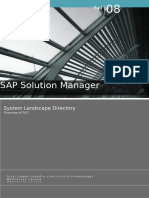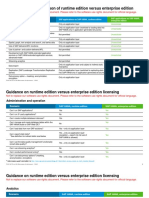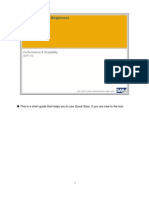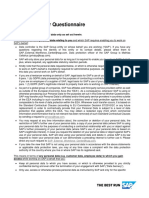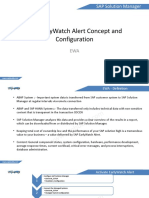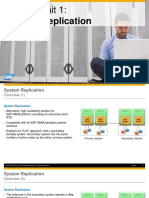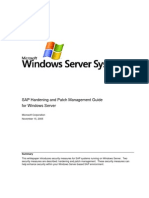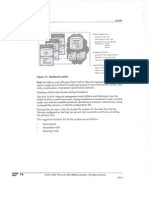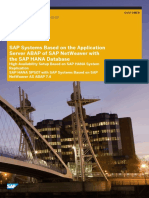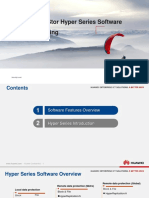0% found this document useful (0 votes)
141 views39 pagesOpenSAP Suse3-Pc Week 2 All Slides
The document discusses SAP HANA storage requirements for a two-node SUSE Linux Enterprise cluster. It recommends using the Btrfs file system for the operating system and locally accessible storage for SAP HANA data, transaction logs, and program binaries. Shared storage is only required for the SAP HANA installation files, which should be hosted on an NFS server to make them highly available. The document provides guidance on planning storage capacity and accessing the shared installation files from each node in the cluster.
Uploaded by
Dmitry FerensCopyright
© © All Rights Reserved
We take content rights seriously. If you suspect this is your content, claim it here.
Available Formats
Download as PDF, TXT or read online on Scribd
0% found this document useful (0 votes)
141 views39 pagesOpenSAP Suse3-Pc Week 2 All Slides
The document discusses SAP HANA storage requirements for a two-node SUSE Linux Enterprise cluster. It recommends using the Btrfs file system for the operating system and locally accessible storage for SAP HANA data, transaction logs, and program binaries. Shared storage is only required for the SAP HANA installation files, which should be hosted on an NFS server to make them highly available. The document provides guidance on planning storage capacity and accessing the shared installation files from each node in the cluster.
Uploaded by
Dmitry FerensCopyright
© © All Rights Reserved
We take content rights seriously. If you suspect this is your content, claim it here.
Available Formats
Download as PDF, TXT or read online on Scribd
/ 39









